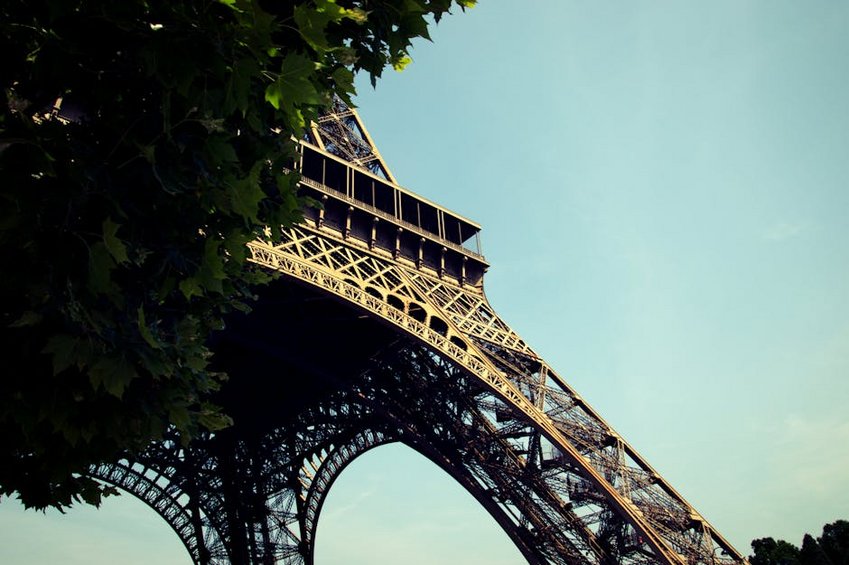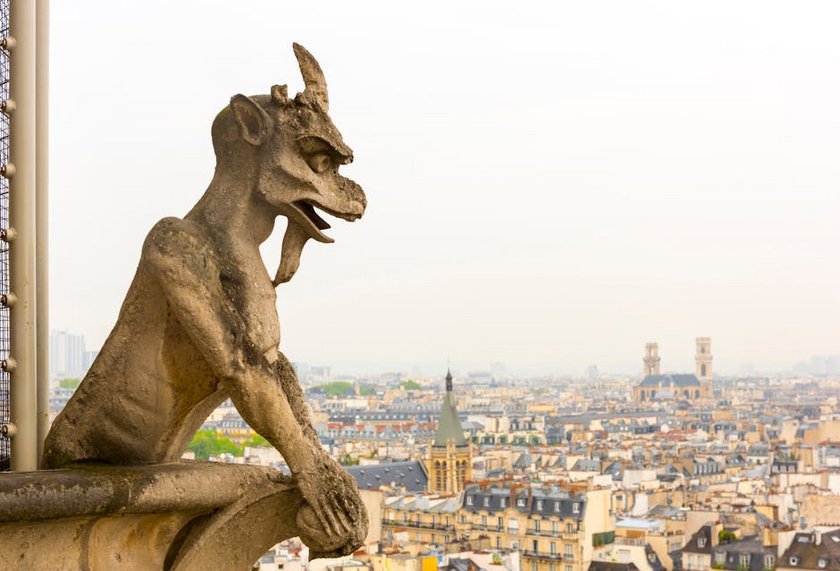Paris Eiffel Tower: Your Ultimate Guide to the Iron Lady
Standing majestically against the Parisian skyline, the Paris Eiffel Tower isn’t just a monument; it’s the very symbol of France and one of the most recognizable structures on the planet. Gustave Eiffel’s iron lattice masterpiece, built for the 1889 World’s Fair, continues to captivate millions of visitors each year with its breathtaking views, intricate engineering, and romantic ambiance. Whether you’re planning your first visit or returning to rediscover its magic, experiencing the Paris Eiffel Tower is a bucket-list moment that combines history, architecture, and unparalleled city vistas. From sunrise picnics on the Champ de Mars to sparkling night-time illuminations, this guide will help you navigate every aspect of visiting this iconic landmark, ensuring you create memories that will last a lifetime while avoiding common tourist pitfalls and maximizing your enjoyment of this engineering marvel.
Paris Eiffel Tower Essential Information – What Every Visitor Must Know
Before you embark on your Paris Eiffel Tower adventure, understanding the basic logistics will significantly enhance your experience. The tower stands at 330 meters (1,083 feet) tall and was the tallest man-made structure in the world until 1930. It consists of three levels open to the public, with restaurants on the first and second levels, and an observation deck at the top that offers panoramic views stretching up to 70 kilometers on clear days. The monument is located in the 7th arrondissement on the Champ de Mars, easily accessible by various modes of transportation. Knowing these fundamentals will help you plan your visit more effectively, from choosing the right time to understanding the layout before you arrive amidst the crowds of admirers.
Historical Significance and Construction Details
- Built between 1887-1889 as the entrance arch for the 1889 World’s Fair, celebrating the 100th anniversary of the French Revolution
- Initially criticized by many Parisians as an eyesore, it was nearly dismantled in 1909 but saved due to its value as a radiotelegraph station
- The structure contains 18,038 metallic parts joined by 2.5 million rivets and weighs approximately 10,100 tons
- Budget option (stairs to second floor): Approximately $11-$15 USD for adults, ideal for those comfortable climbing 674 steps and wanting to save money
- Mid-range option (elevator to second floor): Approximately $18-$25 USD for adults, offering convenience with good views and access to amenities
- Luxury experience (elevator to summit): Approximately $28-$35 USD for adults, providing access to the highest observation deck and champagne bar
- Official Eiffel Tower Website
- Paris Convention and Visitors Bureau
Operating Hours and Basic Visitor Information
The Paris Eiffel Tower operates year-round, but hours vary by season. From mid-June to early September, it’s open from 9:00 AM to 12:45 AM, with last ascent to the top at 11:00 PM. During the rest of the year, hours are 9:30 AM to 11:45 PM, with last ascent to the top at 10:30 PM. It’s crucial to note that these times can change due to weather conditions or special events, so always check the official website before your visit. The monument rarely closes completely but may have partial closures during maintenance or security alerts, which typically occur during the quieter winter months.

Paris Eiffel Tower Planning Your Trip – Maximizing Your Experience
Strategic planning is the key to enjoying your Paris Eiffel Tower visit without the stress of long queues and disappointment. The monument attracts nearly 7 million visitors annually, making it one of the world’s most-visited paid monuments, which translates to significant waiting times during peak hours. Smart travelers book tickets well in advance, choose their timing carefully, and understand the various ticket options available. This section will guide you through the essential planning stages, from selecting the right ticket type to deciding whether to climb or elevator, ensuring you make the most of your time at this magnificent structure while avoiding the common frustrations that can accompany such popular attractions.
Best Time to Visit the Paris Eiffel Tower
The optimal time to visit the Paris Eiffel Tower depends on your priorities: good weather, smaller crowds, or specific experiences. April-May and September-October offer pleasant weather with moderate crowds, while June-August brings peak tourism with longer queues but longer opening hours. Winter months (November-February) see fewer visitors but shorter days and colder weather. For the best experience, arrive early (before 10 AM) or late (after 5 PM), avoid weekends if possible, and consider visiting during weekdays in the off-season. The tower is particularly magical during the golden hour before sunset when the city is bathed in warm light, followed by the sparkling light show that occurs for five minutes every hour after dark.
Budget Planning and Costs for Your Visit
Essential Preparation Checklist Before You Go
Proper preparation will dramatically improve your Paris Eiffel Tower experience. First, book tickets online at least several weeks in advance, especially during peak season, as same-day tickets often sell out. Download the official Eiffel Tower app for real-time information and audio guides. Check the weather forecast and dress appropriately – it can be windier and cooler at the top than at ground level. Wear comfortable shoes as you’ll be standing and walking extensively. Bring a valid ID for security checks, and consider a small bag with water, snacks, and a camera. Finally, review security regulations as certain items like large bags, sharp objects, and professional photography equipment may be restricted.
Paris Eiffel Tower Top Attractions and Activities – Beyond the View
While the panoramic views are undoubtedly the main attraction, the Paris Eiffel Tower offers much more than simply looking out over Paris. Each level provides unique experiences, dining options, and historical exhibits that many visitors overlook in their rush to reach the top. From the glass floor on the first level to the historic apartment of Gustave Eiffel himself, there are numerous fascinating aspects to discover. This section will guide you through the must-see attractions within the tower complex itself, as well as the best ways to experience the monument from the surrounding areas, ensuring you don’t miss any of the hidden gems that make a visit to this iconic structure truly memorable.
Must-See Highlights Within the Tower
The first level of the Paris Eiffel Tower features a transparent glass floor that offers a thrilling perspective 57 meters above ground, providing unique photo opportunities directly downward. Here you’ll also find the 58 Tour Eiffel restaurant, historical exhibits about the tower’s construction, and a section of the original spiral staircase. The second level provides what many consider the best view of Paris, as you’re high enough to see landmarks clearly but not so high that details become indistinct. The summit level houses Gustave Eiffel’s reconstructed office with wax figures, a champagne bar, and orientation tables that help identify landmarks across the Parisian landscape. Don’t miss the dioramas showing the tower’s height comparisons with other world structures.
Hidden Gems and Local Favorites Around the Tower
Beyond the tower itself, the surrounding area offers numerous experiences that locals love. The Champ de Mars park is perfect for picnics with tower views, especially during early morning or evening when it’s less crowded. Across the Seine River, the Trocadéro Gardens provide the classic photographic perspective of the tower, particularly beautiful at sunrise when the light hits the structure perfectly. For a unique dining experience, consider the river cruise restaurants that depart from nearby docks, offering moving views of the illuminated tower at night. The Passy neighborhood, just across the river, features charming Parisian streets with authentic cafes where you can enjoy the view without the tourist crowds.
Paris Eiffel Tower Practical Travel Information – Navigation Made Easy
Navigating your visit to the Paris Eiffel Tower involves more than just buying a ticket. Understanding transportation options, nearby amenities, and accessibility considerations will make your experience significantly smoother. The tower is well-connected to Paris’s extensive public transportation network, but certain approaches offer more scenic routes than others. This section provides detailed information on how to reach the monument, where to stay nearby, and what to expect in terms of facilities and services once you arrive. Whether you’re traveling with family, have mobility concerns, or want to combine your visit with other attractions, these practical tips will help you plan an efficient and enjoyable experience at one of the world’s most famous landmarks.
| Transportation Method | Details and Access Points | Approximate Cost (USD) |
|---|---|---|
| Metro | Bir-Hakeim (Line 6) offers best views; Trocadéro (Lines 6, 9); École Militaire (Line 8) | $2.10 per ride |
| RER Train | Champ de Mars – Tour Eiffel station (Line C) is closest station | $2.10-$4.20 |
| Bus | Lines 42, 69, 72, 82, 87 stop within walking distance | $2.10 per ride |
| Boat | Batobus stop at Champ de Mars; scenic approach via Seine River | $19-25 for day pass |
| Taxi/Ride-share | Designated drop-off points on Quai Branly and Avenue Gustave Eiffel | $15-30 from central Paris |


